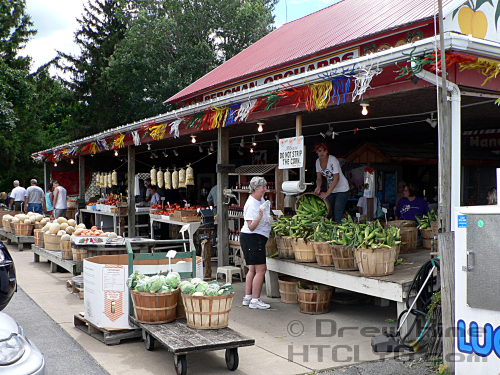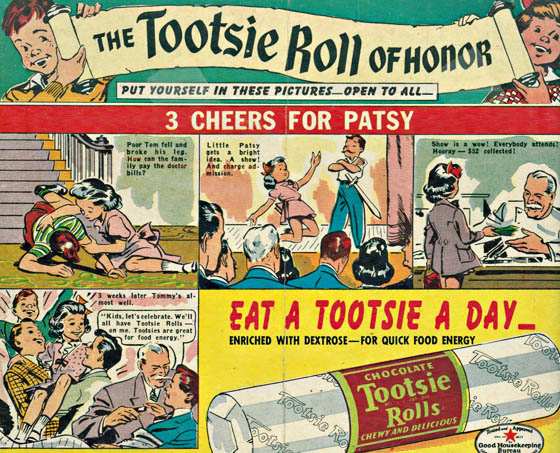I’m no fan of the current farm subsidies. We end up with huge monocultures of corn and soybeans, which then have to be stuffed into everything we eat. (Why is there high fructose corn syrup in kielbasi? Check the ingredients, you’ll be amazed.)
Just as bad, the subsidies only really help the big businesses with all the lobbyists: ADM, Cargill, Monsanto. I’m sure plenty of farmers would be willing to disagree, saying the subsidies keep them in business. But wouldn’t the money be just as green if it subsidized a wider variety of fruits and vegetables, instead of just the commodity grains?
A study released earlier this year by the Leopold Center for Sustainable Agriculture at Iowa State University shows that switching some acreage from commodity crop production to fruits and vegetables would have huge benefits for the local economies.
In the first scenario, increased production of 28 fruits and vegetable crops in those six states could mean about $882 million in sales at the farm level, more than 9,300 jobs and about $395 million in labor income. An estimated 270,025 acres would be needed to produce those crops, roughly equivalent to the average amount of cropland in one of Iowa’s 99 counties.
…
Swenson estimates that increased fruit and vegetable production for the 28 metro markets would result in $637.44 million in farm-level sales and 6,694 farm-level jobs, compared to 1,892 jobs under corn and soybean production. The farmer-retail direct economic impact portion of this activity would generate 6,021 jobs.
If you look at those numbers, you understand exactly why big agribusiness lobbies so hard for the current system: It eliminates all those jobs, and sends all that money directly to them instead of the local economy.
On a lighter note …
Check out the health claims in this vintage Tootsie Roll ad. (Click to enlarge)
“Enriched with dextrose — for quick food energy”
Awesome. And check out the comments for more great insights.













